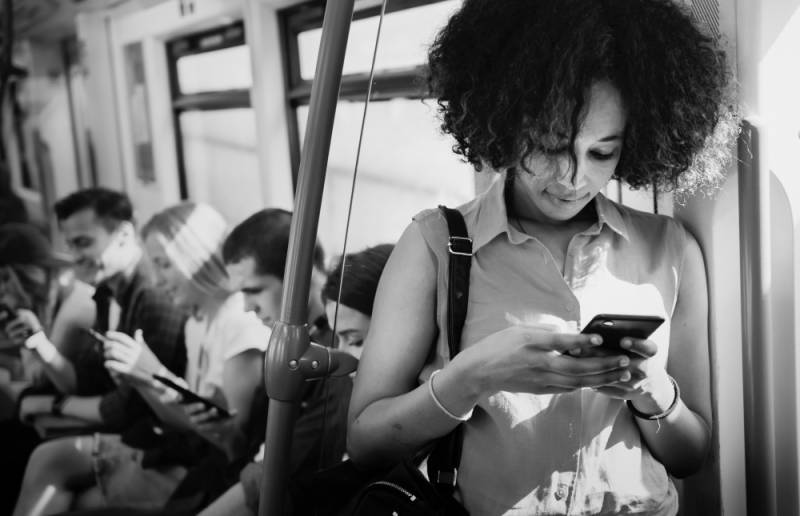Dark Social: What It Is and How It Affects Businesses

Dark social is a phenomenon that is now widespread in digital marketing that can badly affect a marketer’s marketing metrics.
Many of us have never heard of dark social, but it is not something new. In fact, the term was coined by Alexis C. Madrigal in an article written back in 2012 for the Atlantic.
Dark social is the online traffic that cannot be tracked using a web analytic program. This under-the-radar traffic does not have an apparent source, which becomes a big challenge for brands that want to monitor their websites’ referrals or social media activities.
Likewise, dark social is when online users share content through different private channels, such as emails or messaging apps like Facebook Messenger and WhatsApp Messenger. These private content or links do not have referral tags (identifiers) that come in the end of URL.
When you are unable to find referral tags, it means you are in the dark, especially when you are trying to determine the point your content is getting the social media traffic from.
In other words, the private sharing happening in the “dark social media” is really harder to track than the content shared publicly on social media platforms.
Impact of Dark Social on Businesses

Dark social is one of the most valuable sources of traffic to your website, because it is referrals between individuals who likely know each other.
As a Nielsen report that surveyed internet respondents in 56 countries points out, a whopping 92% of consumers will prioritize a recommendation made by friends, relatives, or people they know over any other form of marketing or ads.
And yet many businesses and marketers often overlook or ignore dark social. And that has a big impact on the businesses, especially when it comes to marketing.
The insights you get about your website traffic are likely to leave you in the dark because you do not exactly know about where a larger part of your visitors is coming from.
When you cannot trace the accurate source of your visitors, you will be also incapable to get the exact idea of what engagements your posts are generating. This restricts your ability to boost traffic from genuine sources, including those that pay off for your efforts. This will ultimately result in lessening your success in increasing profits and expanding your customer base.
If your target audience comprises of people aged 55 and older, research shows that almost half (46%) of your consumers who are in this aged group only share via dark social. That means your dark social sharing percentage will be particularly high for you.
Some industries such as food, travel, and personal finance are also particularly vulnerable to be more affected than others by dark social, since their audiences share more than 70% of social content through dark social media, according to studies by RadiumOne.
In addition, dark social also affects referrals to a great extent. Even if you do not have a formal referral program, you can still benefit from those referrals coming from your fans and advocates. Nevertheless, referral sales without any traceable links to customers can still be out of sight in your direct traffic analytics, which can make it hard to optimize for those sales channels.
Mitigating Adverse Impact of Dark Social
It is always best to encourage users to share your content by using traceable links in each of your communications and advertisements.
You can also choose formal refer-a-friend schemes with traceable links to ensure referrals do not come from dark social media channels.
Seeing that you are trying to offer your customers something valuable for referring your content on public social media, your traceable sharing options should be in users’ best interest.
So, always provide your target audience and market the right content and sharing options to maximize returns on investment for everyone.
Updated: Originally published Feb 2020.





















